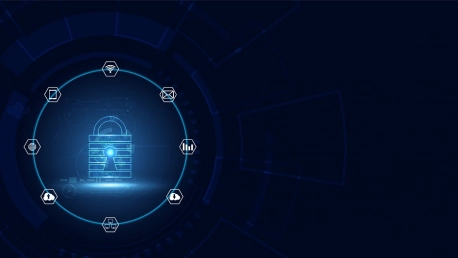In 2023, the cybersecurity landscape is constantly growing, and businesses and individuals must stay ahead of the latest threats to take the best steps to protect their data. In this article, we will outline some of the most significant cyber threats to look out for in the coming year.
Ransomware Attacks
Ransomware attacks continue to be a grave concern for organizations of all sizes. These attacks involve nefarious parties encrypting a company’s data and demanding payment in exchange for the decryption key. In 2023, attackers are likely to become even more sophisticated in ransomware attacks. Businesses should prepare by implementing backup and disaster recovery plans and educating employees on phishing and social engineering.
Cloud Security Breaches
As more and more businesses move their operations to the cloud, the risk of security breaches in cloud environments is increasing. Organizations must ensure that their cloud providers have robust security measures in place and that their security policies are up-to-date to protect them against attacks targeting cloud services. According to the 2022 Thales Cloud Security Report, 45% of businesses have experienced a cloud-based data breach or failed audit last year, up 5% from the previous year, raising even greater concerns regarding the protection of sensitive data from cybercriminals.
Artificial Intelligence and Machine Learning Threats
The rise of artificial intelligence (AI) and machine learning (ML) presents new security challenges in 2023. Attackers can use these technologies to create more convincing phishing scams, automate the process of exploiting vulnerabilities, and develop new malware types. To mitigate these risks, organizations should stay up to date on the latest AI and ML security best practices and invest in the appropriate security solutions.
Internet of Things Devices
As the number of Internet of Things (IoT) devices in homes and businesses continues to grow, so does the risk of cyberattacks. Attackers may target these devices to steal sensitive information or to launch distributed denial of service (DDoS) attacks. To protect against these threats, individuals, and organizations must ensure that all IoT devices are secure and that they are updated with the latest security patches.
Cryptojacking
Cryptojacking is a type of attack in which attackers use a victim’s computing resources to mine cryptocurrency without their knowledge or consent. These attacks are likely to become more sophisticated and widespread, so organizations must ensure that their security solutions can detect and prevent this type of attack. Based on a report by Kaspersky, 2022 saw an increase in the share of hidden mining software distributed through well-known vulnerabilities. In 2022, nearly one in seven attacks exploiting such vulnerabilities were accompanied by minor infection.
“In Q3, miners became even more widespread than backdoors, which were the prime choice of cybercriminals throughout the first half of 2022, and accounted for one-sixth of all vulnerability exploitation attacks”, Kaspersky analysts state.
Supply Chain Attacks
As the supply chain of technology products becomes increasingly complex, the risk of attacks targeting this area is growing. Cyber attackers may target suppliers or third-party providers to gain access to valuable data or launch attacks on their customers. To reduce these risks, organizations should conduct thorough security assessments of their suppliers and implement appropriate security measures.
According to a survey conducted by Anchore, a combined 62% of respondents were impacted by at least one software supply chain attack in 2021, with 6% reporting the attacks as having a significant impact and 25% indicating a moderate impact.
5G Security Concerns
With the deployment of 5G networks, new security concerns are emerging in 2023. As 5G enables faster and more reliable data transmission, it presents new opportunities for attackers to exploit data security vulnerabilities. Organizations must ensure that their security strategies can adapt to the new 5G environment. They must prepare themselves for the risks that 5G networks pose.
Nearly three-quarters of 5G network operators experienced up to six security breaches or cyberattacks in the past year, according to research commissioned by Nokia and conducted by GlobalData. These breaches resulted in network downtime, customer data leaks, regulatory liability, fraud, and monetary theft.
Conclusion
In conclusion, the threat landscape of cybersecurity is constantly evolving, and organizations and individuals must be vigilant in protecting themselves against the latest data security vulnerabilities. By staying informed about the latest trends and implementing the appropriate security measures, businesses and individuals can remain secure in the face of developing cyber threats in 2023.









